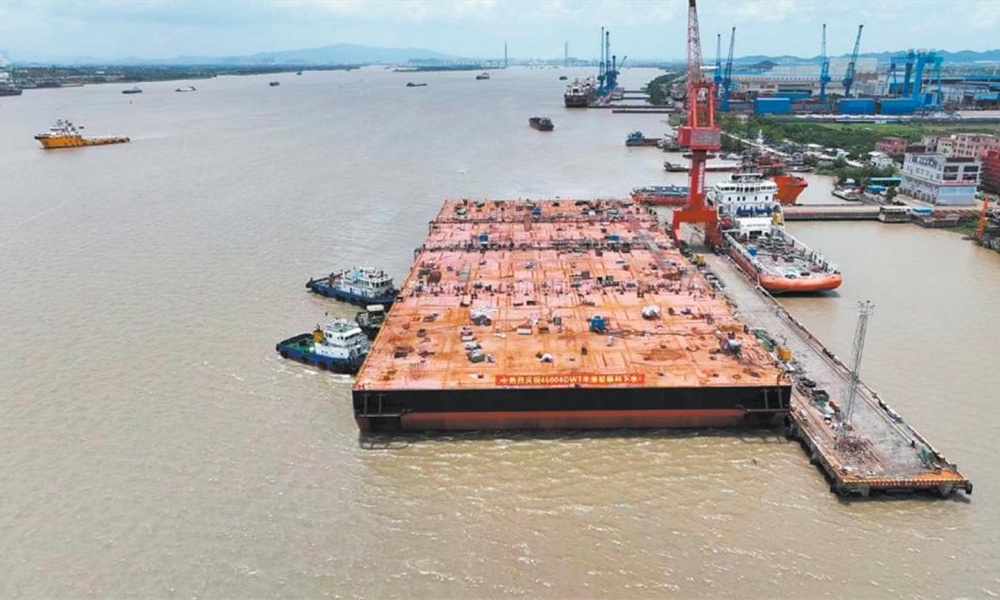The Core Application of Barge Transportation in Marine Engineering - 1
2025-07-25
Barge transportation is an indispensable fundamental link in Marine engineering, especially in the fields of offshore oil and gas and wind power, and it undertakes two core functions: transporting large structures and providing offshore operation platforms.
1. Core Application Fields
(1) Oversized item transportation:
Oil and gas platform modules: Transport upper blocks weighing up to ten thousand tons, living modules, etc. to offshore installation points.
Offshore wind power equipment: Transporting wind turbine towers, nacelles, super-long blades (>100 meters), jacket/monopile foundations and substation modules.
Long pipe sections and floating structures: Transport prefabricated subsea pipe sections or floating production storage and offloading unit (FPSO) modules.
(2) Offshore operation platform:
Heavy-duty hoisting: The lifting vessels (floating cranes) are mostly barges or mounted on barges, responsible for the installation of modules at sea.
Foundation construction: Installing wind power foundation piles on pile driving barges.
Jacket operation: Specialized barges ensure the safe launching and alignment of large jacket structures.
Logistical support: The living barge provides accommodation and operation bases for personnel at sea.
Subsea engineering: Trenching barges are responsible for trenching and laying pipes/cables.
(3) Material and Waste transfer:
Transport building materials (sand and gravel, steel pipes, cables), equipment, fuel and fresh water to offshore construction sites.
When the platform is retired, the demolition waste will be transported back.
2. Core Advantages
Super large capacity: The only sea transportation method capable of transporting components of tens of thousands of tons and over dimensions.
Wide deck: It provides an unobstructed working surface, facilitating the fixation of goods and offshore construction.
Shallow draft (flat-bottomed barge) : It can enter and exit some shallow water to build docks.
Flexible modification: Customizable brackets, slides, crane bases, etc. to meet special needs.
Cost-effectiveness: Compared with dedicated engineering vessels, leasing or using barges is more economical.
High stability (semi-submersible barge) : The deck is stable after diving and is a key platform for precise hoisting.




